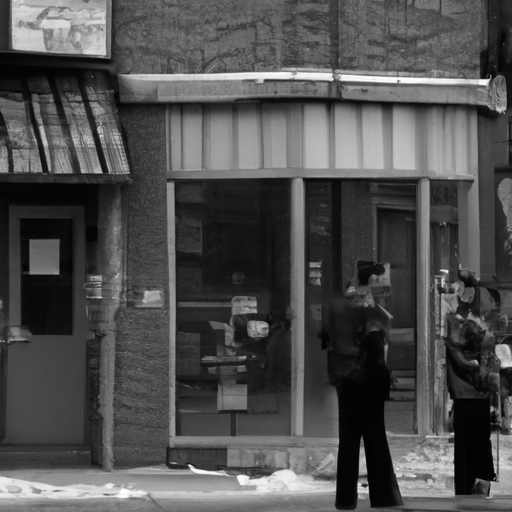The Unseen Impact of the Opioid Crisis on Toronto’s Economy
Severe opioids misuse has cast a long and dark shadow over Canada, posing a significant risk to public health, economic stability and growth. The exponential rise in opioid-related fatalities has resulted in it being labeled a national crisis. Communities across Canada are grappling with its consequences, and few places feel the impact more than Toronto, Canada’s largest city and economic hub. In this update, we look at the ways in which the opioid epidemic is shaping Toronto – both socially and economically, relying on multiple facets of city life and decision-making.
The Impact of Opioids on Public Health and the Toronto Economy
Toronto, like so many other urban centers in Canada, has seen a sharp rise in opioid-related deaths, homeless populations, and criminal activity linked to the opioid crisis. This does not only represent a significant burden on the city’s healthcare system but also poses challenges to the economic prosperity of Toronto. Business establishments are being affected as they must navigate the hazards related to drug use on or near their premises, and the increased concerns about safety can deter potential customers and investors. The brunt of the crisis is also felt by the city's workforce, as opioid addiction compromises the capabilities and productivity of afflicted individuals thereby placing strain on employers and colleagues.
Steps Taken to Counteract the Crisis
Both government bodies and non-profit organizations have undertaken multiple initiatives to combat the opioid crisis. A major focus of these initiatives is harm reduction – measures designed to minimize the negative impacts of drug use on individuals and the community. Here are some of the key efforts:
- Naloxone distribution: Naloxone, a life-saving medication that can reverse an opioid overdose, is being widely distributed across the city. Frontline workers and the general public are also being trained on its use.
- Supervised Consumption Services: These are safe spaces where people can use drugs under the supervision of healthcare professionals, reducing the risk of fatal overdoses and the spread of infectious diseases.
- Outreach Services: Outreach workers are connecting with individuals who use drugs, providing them with support, education, and referrals to health and social services.
- Opioid Class Action: Canadian municipalities, including Toronto, have launched a national class-action lawsuit against pharmaceutical companies for their role in the opioid crisis.
The Long Road Ahead
The initiatives taken to combat the opioid crisis represent important steps toward improvement, but the magnitude of the problem suggests a protracted struggle ahead. A multi-faceted and compassionate response is needed that combines much-needed harm reduction services with initiatives aimed at prevention, treatment, and recovery. This, in turn, necessitates collaboration between city officials, healthcare providers, police, community organizations, and drug users themselves.
The opioid crisis is not just a public health problem, it’s an economic one. A healthier community will be more productive, economically stable, and attractive to investors. Investing in thoughtful, comprehensive solutions to this problem is an investment in the future of Toronto.
Crucial Takeaways
The opioid crisis in Toronto, as in other urban centres in Canada, is not just impacting public health, but it’s causing ripples in the local economy as well. Businesses are having to navigate safety concerns due to drug use on or near their establishments, and the city’s workforce is experiencing a strain due to the compromised capabilities of individuals embattled with opioid addiction.
The road to combating the opioid crisis begins with harm reduction measures, including naloxone distribution, supervised consumption services, outreach services, and meaningful legal action against pharmaceutical companies. However, the magnitude of the problem demands a concerted, unified approach that not only implements these measures but looks beyond, focusing equally on prevention, robust healthcare provisions, and recovery infrastructure.
It is crucial to note that tackling the opioid crisis is not just a moral imperative but an economic one too. A healthier Toronto is a more productive, economically viable, and robust Toronto that can continue to stand shoulder-to-shoulder with the world’s leading urban centres.
Opportunities for Progress
In conclusion, the opioid crisis has had a profound impact on the lives of individuals and the overall economy in Toronto. Despite the challenges facing the city, the groundwork has been laid for a far-reaching response to this crisis. It is incumbent upon policymakers, healthcare providers, and the greater community to seize these opportunities, and with unified, diligent efforts, progress against this crisis is very much achievable.
The opioid crisis, with its devastating effects, can be contained and managed through collective will and well-directed resources. As we navigate this difficult issue together, the enduring spirit of our city, Toronto, remains undeterred. With strategic actions and continued vigilance, we can foster an environment of wellbeing, recovery, and resilience that will ensure the economic vitality of our beloved city remains unscathed for years to come.
